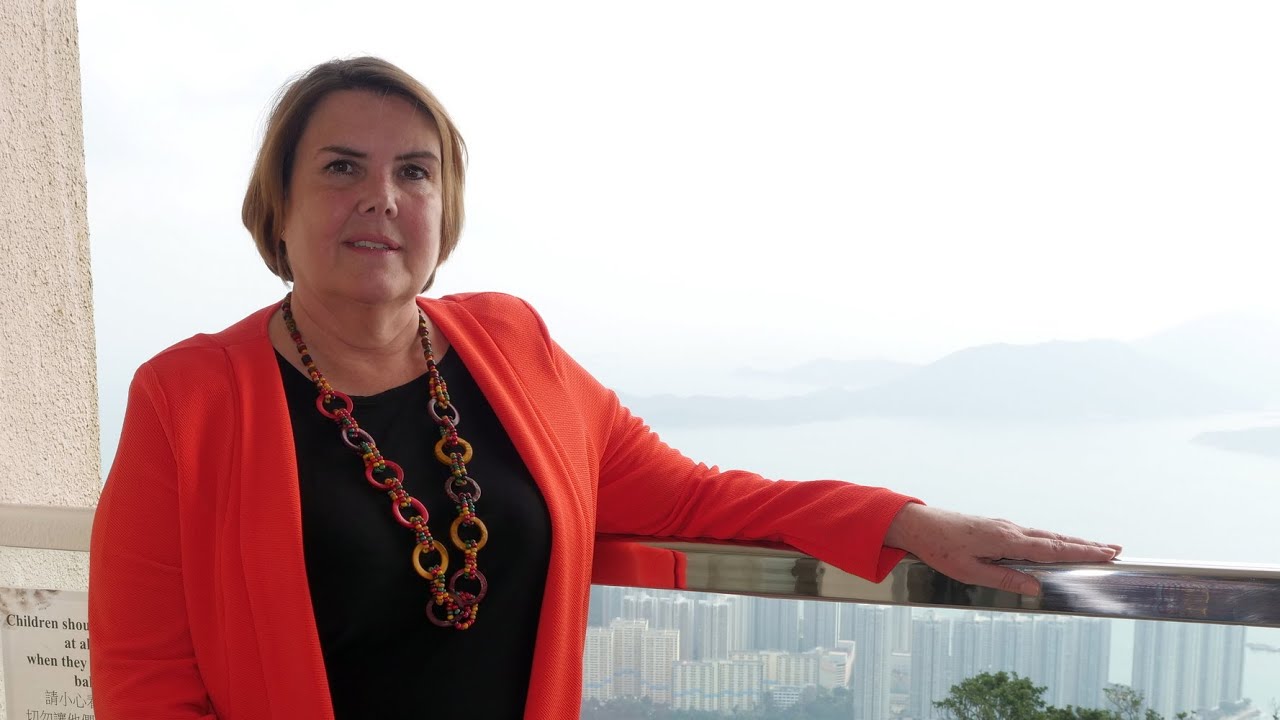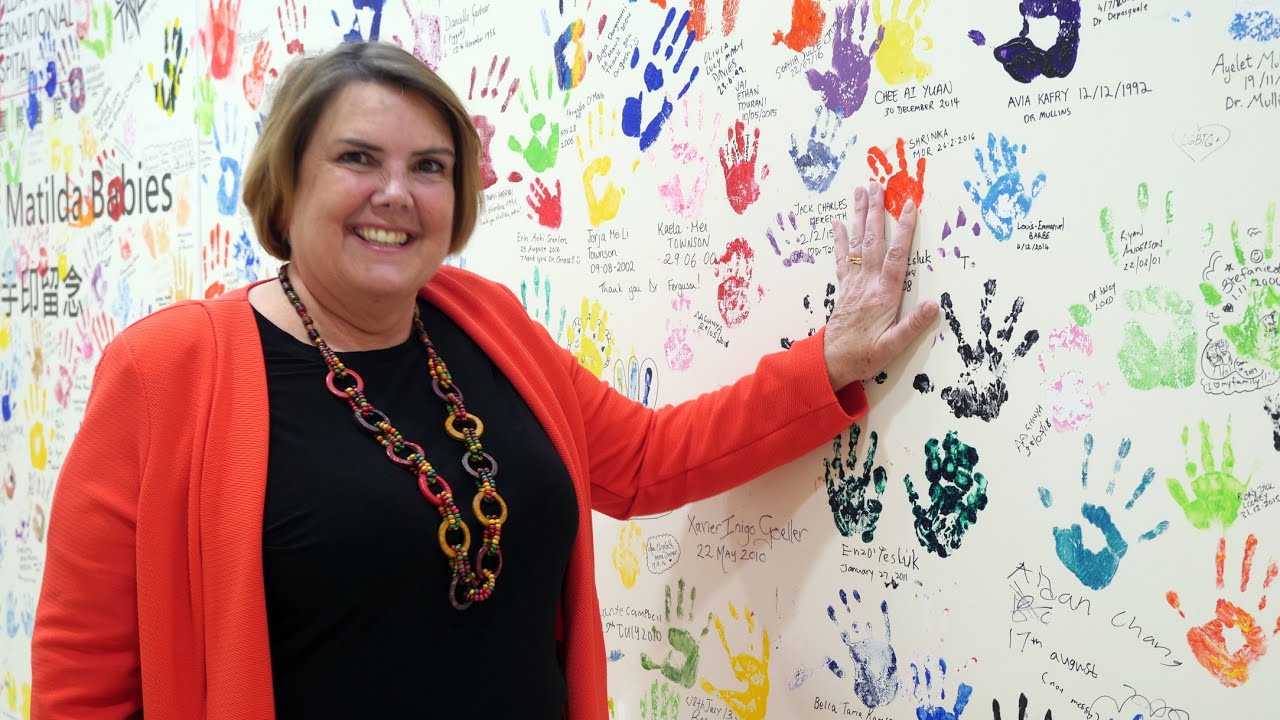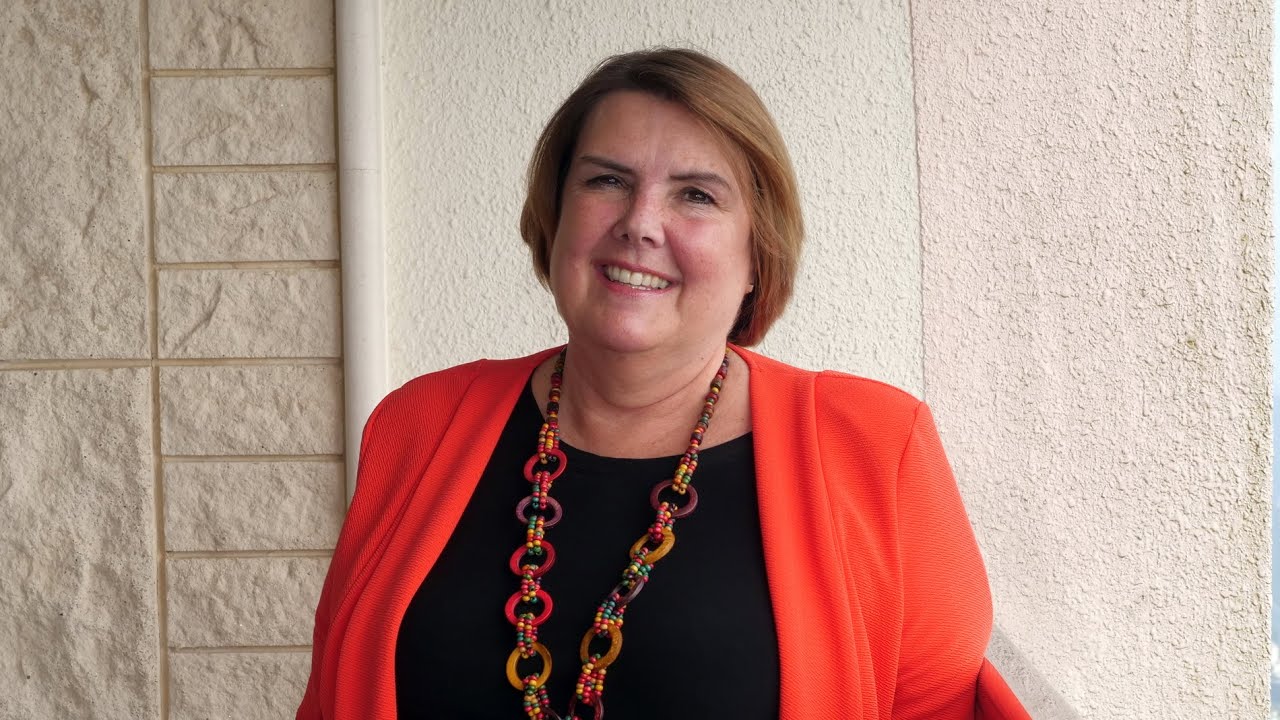The hfma report, Healthcare 2020: Transformative Innovation, calls a grim wakeup to the healthcare industry: “Over the next three to five years, innovations in clinical care delivery and healthcare business processes have the potential to reshape the competitive landscape in the industry. These innovations are enabled by the confluence of three trends: rapidly advancing technological capabilities, the increasing demand by purchasers for improved value from industry participants, and an influx of venture capital funding.”
It warns that failure to evolve, and leverage innovations, by practitioners will result in lost market share. It recommends that plans, systems and practices must develop a culture and technical infrastructure that support efforts to transform business and clinical care models.
The concerns, warnings and recommendations raised by the report are not lost with Linda Burgoyne, chief executive officer (CEO) at Matilda International Hospital (MIH) in Hong Kong. As head of a private hospital in Hong Kong, she acknowledged that change is upon the industry.
One such change is the way patients want to be treated by their doctors and attending staff.
Changes afoot
According to the World Health Organisation (WHO) policy brief, Where are the patients in decision-making about their own care?, one of the most common sources of patient dissatisfaction is not feeling properly informed about (and involved in) their treatment.
“Shared decision-making, where patients are involved as active partners with the clinician in treatment decisions, can be recommended as an effective way to tackle this problem. Clinicians and patients work together as active partners to clarify acceptable medical options and choose appropriate treatments,” noted the report.
The report is also clear, however, that while not all patients want to play an active role in choosing a treatment – because of age-related and cultural differences – most want clinicians to inform them and take their preferences into account.
Burgoyne concurred with this assessment.
“The biggest change I see is in what patients expect from us or our clients expect from us. People have become more knowledgeable and be more involved. Our patients now come in and they are more involved in their care,” she explained.
Tech influence (or lack of)
Burgoyne attributes this increased interest in being part of the decision-making process to the increased use of the Internet – where there is a ready-source of information on diseases, healthcare treatments, medication and use cases.
“Through the internet, people [patients] know what's available today. Previously, it was very much driven by the doctors, informing patients of the diagnoses, treatment and the next step. Now it's the patient wanting to be actively involved in their care. They've researched online including what’s happening elsewhere in the world,” she remarked.
One term that has recently become common-talk about senior executives is the concept of failing and failing fast. While this may apply to industries like banking and finance, it may not have a place in patient-care.
She cautioned that when it comes to a patient’s health – there is no room for failure.
Juggling act
She also noted that as a business, healthcare is now more data driven. A lot more decisions are based on data. McKinsey believes that leaning on big data may help the industry save an estimated US$100 billion in medicine and pharma alone.
However, much needs to be done. Most healthcare practices today operate in siloes, with still very few healthcare institutions and governments working towards digital health patient records – much less one that is standardised across private and public care services.
She conceded that healthcare practitioners are at times inundated with stories about new technologies and equipment, as well as new innovations, including new ways of practicing healthcare.
As manager of a healthcare business, it is about juggling the different interests of stakeholders – Board, leadership, shareholders and investors, suppliers and business partners, doctors and nurses, staff and just as important – patients.
“As a CEO it's difficult to balance this. We have, on the one hand to make sure we're up to date, and on the other hand we need to make sure that we stay within budget. And that we invest in, benefits all of our stakeholders. So, its finding the balance that is always a challenge,” she added.
Challenges head
While MIH’s Burgoyne acknowledged the many challenges the hospital face, including evolving technology versus the need to balance budgets, the importance of greater transparency, closed collaboration and communication with local regulator, as well as the changing aspirations and expectations of patients, she pointed to one aspect of the hospital that has remained unchanged – its culture.
“We have a culture of patient first. This is embedded in everything we do. Our patient’s journey with Matilda starts even before they are admitted into the hospital, and it continues right until they are discharged from Matilda. We want to make that journey as smooth as possible,” she concluded.







